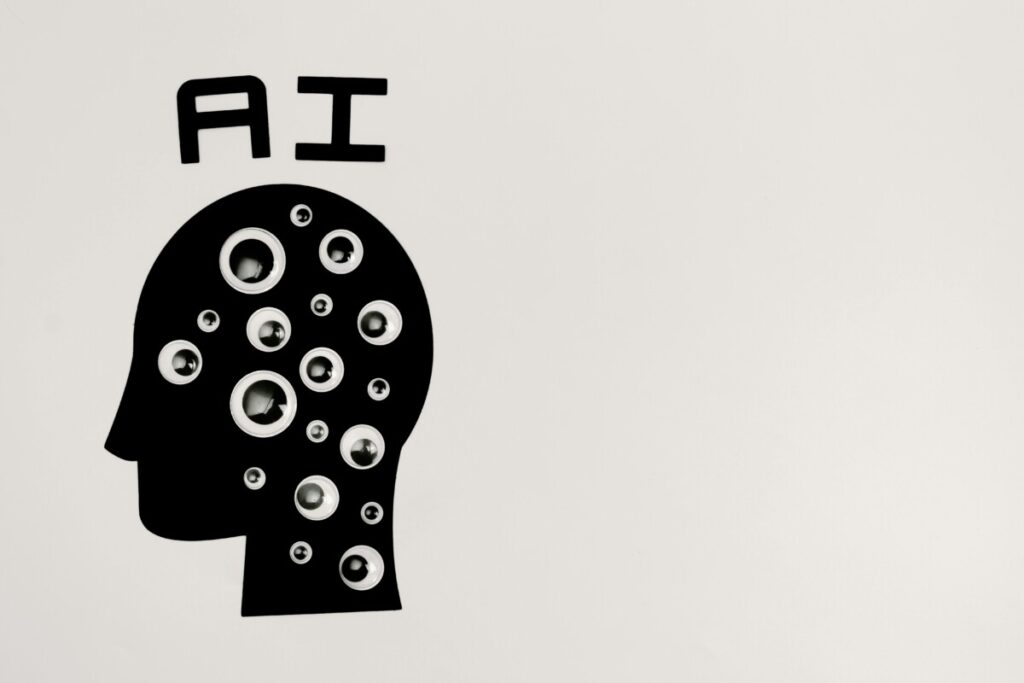
Imagine talking to a machine and not being able to tell it apart from a human. That’s not science fiction anymore. With the evolution of technology, we’re entering a world of AI like human—machines that not only talk like us but think, learn, and even “feel” in ways that seem startlingly human.
What Does “AI Like Human” Really Mean?
Breaking Down the Concept
At its core, “AI like human” means artificial intelligence designed to behave, respond, and interact in ways that mirror human traits—language, emotion, decision-making, and adaptability.
Why It Matters in Today’s World
Why do we care about machines being human-like? Simple—because it makes tech more relatable, easier to use, and dramatically more effective in areas like customer support, education, healthcare, and beyond.
A Brief History of Human-Like AI
From Rule-Based Systems to Neural Networks
Early AI systems were basic—they followed strict rules. But as computing evolved, neural networks emerged, enabling AI to “learn” from patterns and data the way humans do.
Major Milestones in Humanized AI
From IBM’s Watson to today’s GPT models, every generation of AI brings us closer to machines that can chat, reason, and even debate like humans.

Technologies Behind AI Like Human
Natural Language Processing (NLP)
NLP is what allows AI to understand and generate human language. It’s what lets you ask your phone a question and get a sensible answer.
Machine Learning & Deep Learning
These systems learn from data—tons of it. The more interactions they process, the more “human” their behavior becomes.
Emotional Intelligence in AI
Some advanced systems can recognize and respond to emotional cues in voice and text. While it’s not true emotion, it sure feels like it.
Real-World Examples of AI Acting Human
Chatbots and Virtual Assistants
Think Siri, Alexa, or ChatGPT. They listen, respond, and even joke around like real people.
AI in Healthcare, Education, and Customer Service
Virtual nurses, personalized tutors, and 24/7 customer reps—all powered by AI like human—are changing how we access services.
How AI Learns to Think and Respond Like Us
Training on Human Conversations
AI models are trained on billions of words from books, forums, and conversations to learn how we speak, argue, and even joke.
Mimicking Tone, Emotion, and Empathy
Advanced AI can now pick up on tone—whether you’re angry or happy—and adjust responses accordingly.
Why We Want AI to Be Like Humans
Better Communication and Experience
It’s easier to connect with a system that understands slang, tone, and even sarcasm.
Efficiency with a Personal Touch
AI that “gets” us makes processes faster—whether it’s answering a question or resolving a complaint—without sounding robotic.

The Pros and Cons of AI Like Human
Advantages in Business and Life
From personal assistants to mental health chatbots, the benefits of human-like AI are everywhere. It saves time, boosts efficiency, and often offers better service than humans.
Risks and Ethical Concerns
But there’s a flip side. AI that’s too human can deceive. People might not realize they’re interacting with a bot. That raises issues around trust and transparency.
AI vs Human Intelligence – What’s the Difference?
Creativity, Emotion, and Intuition
Humans bring intuition, context, and emotion to the table—something AI still struggles with.
Speed, Logic, and Consistency
AI, however, processes data way faster and with fewer mistakes. It’s a trade-off between heart and hardware.
Can AI Ever Be Truly Like a Human?
The Debate Around Consciousness
While AI can imitate emotion, it doesn’t feel anything. That’s a big difference. Philosophers and scientists still debate if AI can ever be conscious.
Philosophical and Technical Barriers
Beyond tech, there’s a deeper question: Should we want machines to think like us? And if they do, how do we treat them?
How to Spot AI That Sounds Too Human
Key Signs of Machine-Generated Text
Even great AI makes subtle mistakes—overuse of certain phrases, lack of deep emotion, or too-perfect grammar.
Tools That Detect AI Content
AI detectors scan for patterns that are statistically too “clean” or robotic, helping spot machine-made content.

The Future of AI Like Human
Human-AI Collaboration
We’re heading into an era where humans and AI work side-by-side—each doing what they do best.
What’s Coming Next in Tech
Expect AI that understands cultural context, humor, and maybe even ethics. The future is about collaboration, not competition.
“AI like human” isn’t just a tech buzzword—it’s our new reality. As machines become better at mimicking how we think, speak, and feel, the lines between human and AI begin to blur. But while technology keeps evolving, one thing remains true: no matter how smart machines get, the human touch still matters. The key is learning to work with AI, not against it.
FAQs About The AI Like Human
What does “AI like human” mean?
It refers to artificial intelligence that behaves, communicates, and responds in ways similar to humans.
Are there AI tools that sound exactly like humans?
Yes, advanced tools like ChatGPT can produce text nearly indistinguishable from human writing.
Can AI have emotions like humans?
Not real emotions—but it can simulate emotional responses based on data and context.
What industries benefit most from human-like AI?
Customer service, education, healthcare, and marketing all gain from AI that understands and interacts like people.
Will AI ever fully replace human jobs?
Not completely—AI will assist and automate, but human creativity, emotion, and decision-making still hold unique value.

My brother recommended I might like this blog. He was entirely right.
This post actually made my day. You can not imagine simply how much time I had spent for this information! Thanks!